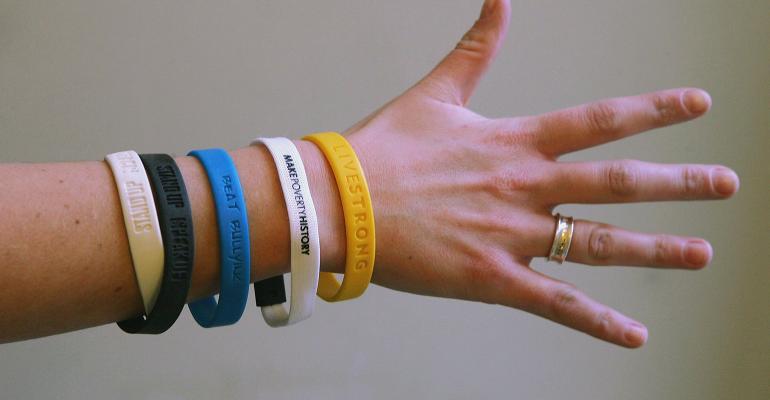In the United States, many philanthropic individuals take Thanksgiving literally—the last two months of the year are considered the giving season, with Americans donating tens of billions of dollars to charity. According to a recent study by Fidelity Charitable, “Overcoming Barriers to Giving,” of the 3,200 donors surveyed, 64 percent said they would like to give more, but 72 percent are concerned about personal finances, and 65 percent worry about the impact of their donations.
Donors Don’t Give as Much as They’d Like
An overwhelming majority of the donors surveyed determine how much they give each year based on their discretionary income. Only 9 percent of respondents put charitable needs or requests first, ahead of their own personal financial situation and needs. Nearly half indicated that a greater tax benefit or deduction would influence them to give more.
With proper knowledge of financial planning and the tax benefits of giving, clients can attain their goal of giving more. The study found that 59 percent of donors are likely missing out on tax advantages related to giving. For example, in a separate study of giving, Fidelity Charitable found that 80 percent of respondents had appreciated stock in their portfolio but only 21 percent ever used such stock as a charitable contribution—despite the fact that such method can allow donors to give up to 20 percent more.
Administrative tasks such as keeping copies of acknowledgment letters and properly electing deductions can also be burdensome for donors, especially for those giving to multiple charities or making multiple donations a year. Providing clients with a better process for organizing giving can allow them to better fulfill their charitable goals.
Impact of Donations and Other Concerns
The second biggest factor preventing donors from giving more is concerns about how their donation will be used. These concerns aren’t completely unwarranted; earlier this month the Red Cross apologized for losing $5 million in Ebola funding to fraud. In fact, 81 percent of respondents are concerned with nonprofit transparency and want to better understand the exact impact of their donations. Sixty-seven percent also cite uneasiness as a result of not being able to determine a charity’s credibility or trustworthiness.
Although donors don’t typically give just for the recognition, the study found that they would like to be acknowledged and/or thanked for their efforts. And like most of us, they also prefer not to be continuously solicited for further donations (49 percent said they are hesitant to give because they’re worried the organization may ask for further donations).
Other influences that sway giving include pressure from family and peers to give to certain organizations, despite a donor’s desire to support a different cause, and privacy concerns such as other finding out how much and to whom you give.
Strategies for Giving More
Fidelity Charitable shared some of their strategies that can help your clients give more. Here are some notable suggestions for clients.
- Make regular contributions using a scheduled bank deduction rather than giving in lump sums at year’s end.
- The donation jar is still alive—teach children to set aside extra cash or change so that they can see their donations visibly (rather than digitally) add up over time.
- As previously mentioned, consider donating tax-friendly assets, such as appreciated stocks, rather than just cash.
- Use available research tools to learn more about organizations you want to give to, and don’t hesitate to contact a charity directly to clear up concerns and ask questions.
- Use a giving guide from a reputable source such as Center for High Impact Philanthropy’s annual giving guide to help identify opportunities that make dollars go further.





